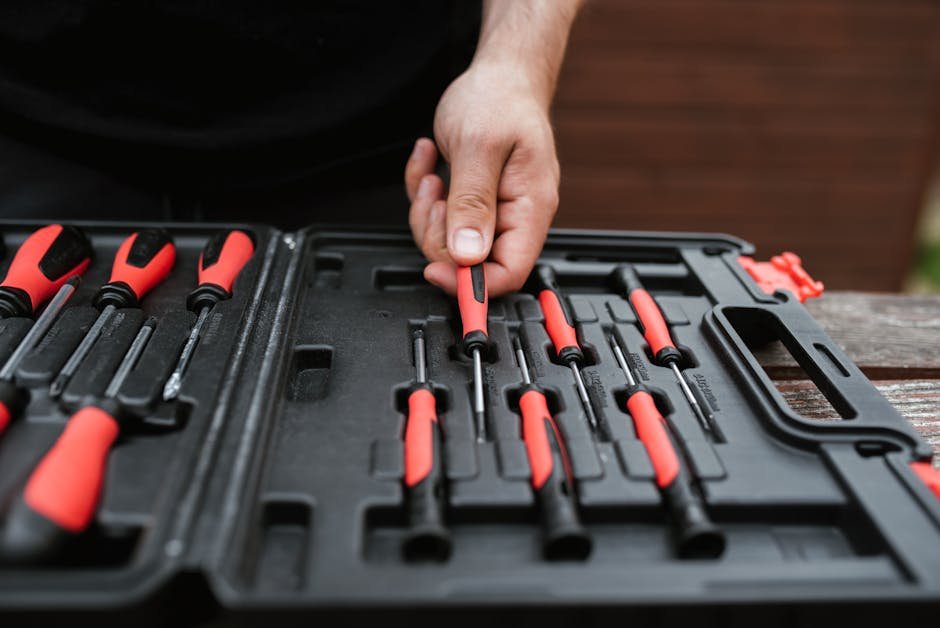Understanding the Metal Fabrication Process: From Design to Installation
Introduction to Metal Fabrication
Metal fabrication is a process used to create metal structures through cutting, bending, and assembling metal materials. It involves designing, shaping, and installing metal components for various purposes. Metal fabrication can be customized to meet specific project requirements, from small-scale designs to large industrial constructions. This process is essential in many industries, including construction, automotive, and manufacturing, to create durable and efficient metal products.
Designing the Metal Components
Designing metal components involves creating detailed plans and specifications for the parts you want to create. This process includes determining the shape, size, and features of the components to ensure they meet the desired requirements. It is important to consider factors such as material selection, durability, and functionality when designing metal components. Key steps in the design process include:
Identifying the purpose and function of the component
Creating detailed drawings or models
Selecting the appropriate materials
Considering manufacturing methods and limitations
Careful planning and attention to detail during the design stage are crucial to ensuring the successful fabrication of high-quality metal components.
Choosing the Right Materials
When choosing materials for metal fabrication, be sure to consider factors like the project's requirements, the environment it will be in, and the desired aesthetic. Some common materials used in metal fabrication include steel, aluminum, and stainless steel. Each material has its unique properties, such as durability, weight, and corrosion resistance. Depending on your project's specific needs, selecting the right material is crucial for the success of the fabrication process.
Cutting and Shaping Metals
Metal fabrication involves cutting and shaping metals to create various structures. Different techniques such as shearing, sawing, punching, and machining are used to cut and shape metals. Precision is crucial in these processes to ensure accurate dimensions and smooth edges for the final product. The choice of cutting method depends on factors like the type of metal, thickness, and the desired outcome.
Joining and Welding Processes
Two common methods for joining metal pieces together during the fabrication process are welding and soldering. Welding involves melting the metal pieces to be joined, creating a strong bond, while soldering uses a lower melting point metal to connect the pieces. Both processes are crucial in metal fabrication, with welding being the preferred method for joining heavy-duty structures.
Finishing Touch and Surface Treatments
Surface treatments like painting, powder coating, or plating provide protection and aesthetic appeal to metal products. Powder coating offers durability, while painting allows for various color options. Plating offers corrosion resistance. Each finishing touch enhances the metal's appearance and longevity.
Quality Control and Inspection
During the metal fabrication process, quality control and inspection are crucial steps to ensure that the final product meets the necessary standards. Inspectors check the fabricated metal parts to verify if they are made correctly and meet the design specifications. Any defects or inconsistencies are identified and addressed to maintain the quality of the product. Quality control helps in avoiding errors and ensures that the final product is reliable and functional.
Packaging and Transportation
When it comes to packaging and transporting metal fabricated products, it's crucial to ensure they are securely packaged to prevent any damage during transit. Efficient packaging helps in safeguarding the metal parts from scratches, dents, or corrosion. Additionally, proper labeling of packages with handling instructions ensures smooth transportation and delivery to the desired location. Factors like weight, fragility, and size of the fabricated metal parts play a significant role in determining the type of packaging materials to be used. Special care should be taken when loading and unloading the packages to maintain the integrity of the fabricated metal products until they reach their final destination.
Installation of Fabricated Metal Products
Installation involves placing the fabricated metal products in their final location. It is essential to ensure that the installation is done correctly to guarantee the products function as intended. Here are a few key points about the installation of fabricated metal products:
Precision is crucial: The installation process requires precise measurements and alignment to ensure the metal products fit perfectly.
Safety first: Installers must prioritize safety measures to avoid any accidents during the installation process.
Consultation: It is advisable to consult with professionals to handle the installation, especially for complex metal products.
Final inspection: After the installation is complete, a final inspection should be done to verify that everything is in place and functioning correctly.
Conclusion: Benefits of Metal Fabrication
Metal fabrication offers various benefits, such as durability, customization, and cost-effectiveness. Durability is a significant advantage, as fabricated metal products are sturdy and long-lasting. Customization allows you to create unique designs tailored to your specific needs. Additionally, metal fabrication is cost-effective due to its efficiency in production processes. These benefits make metal fabrication a valuable choice for various industries and projects.
